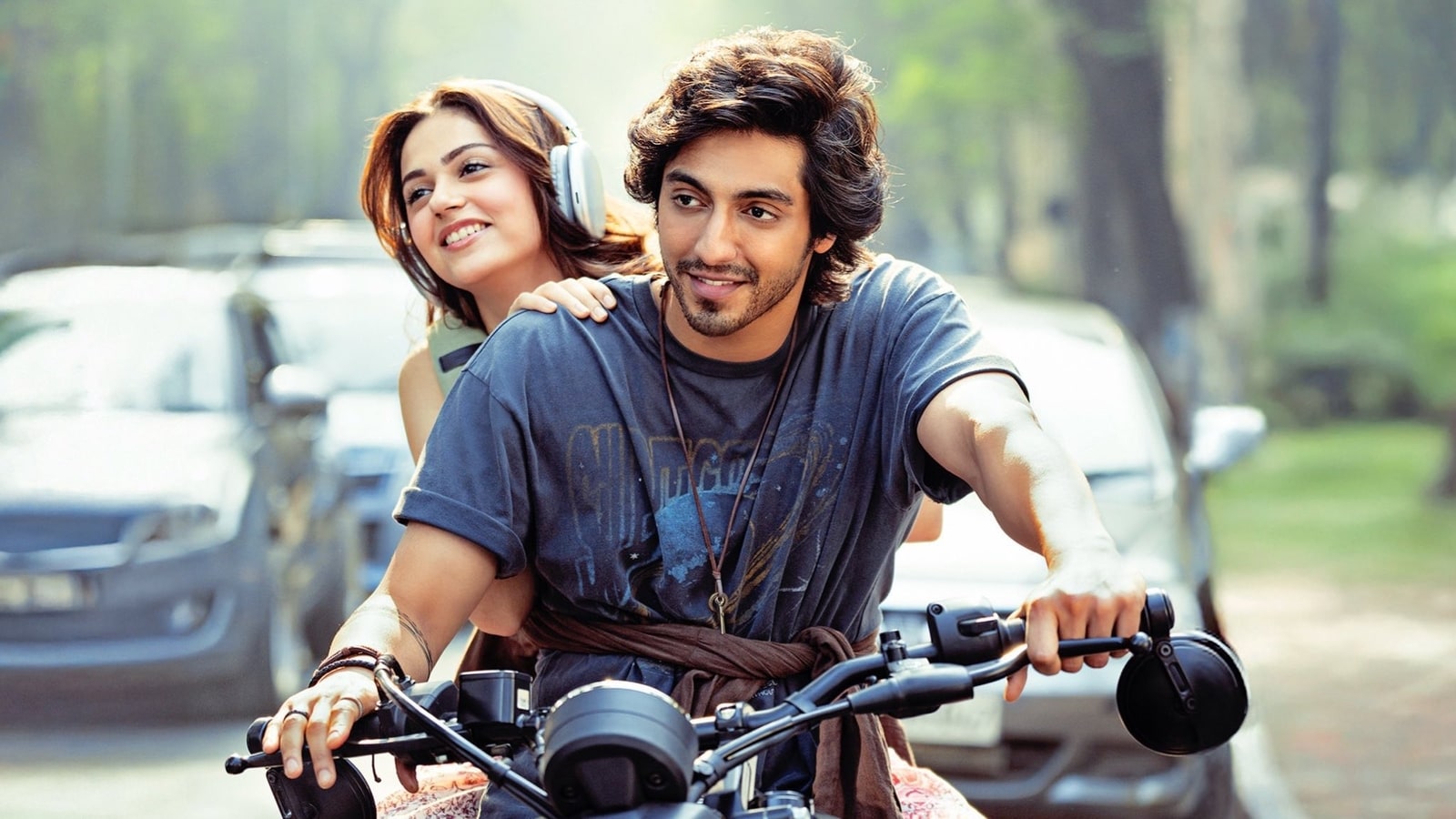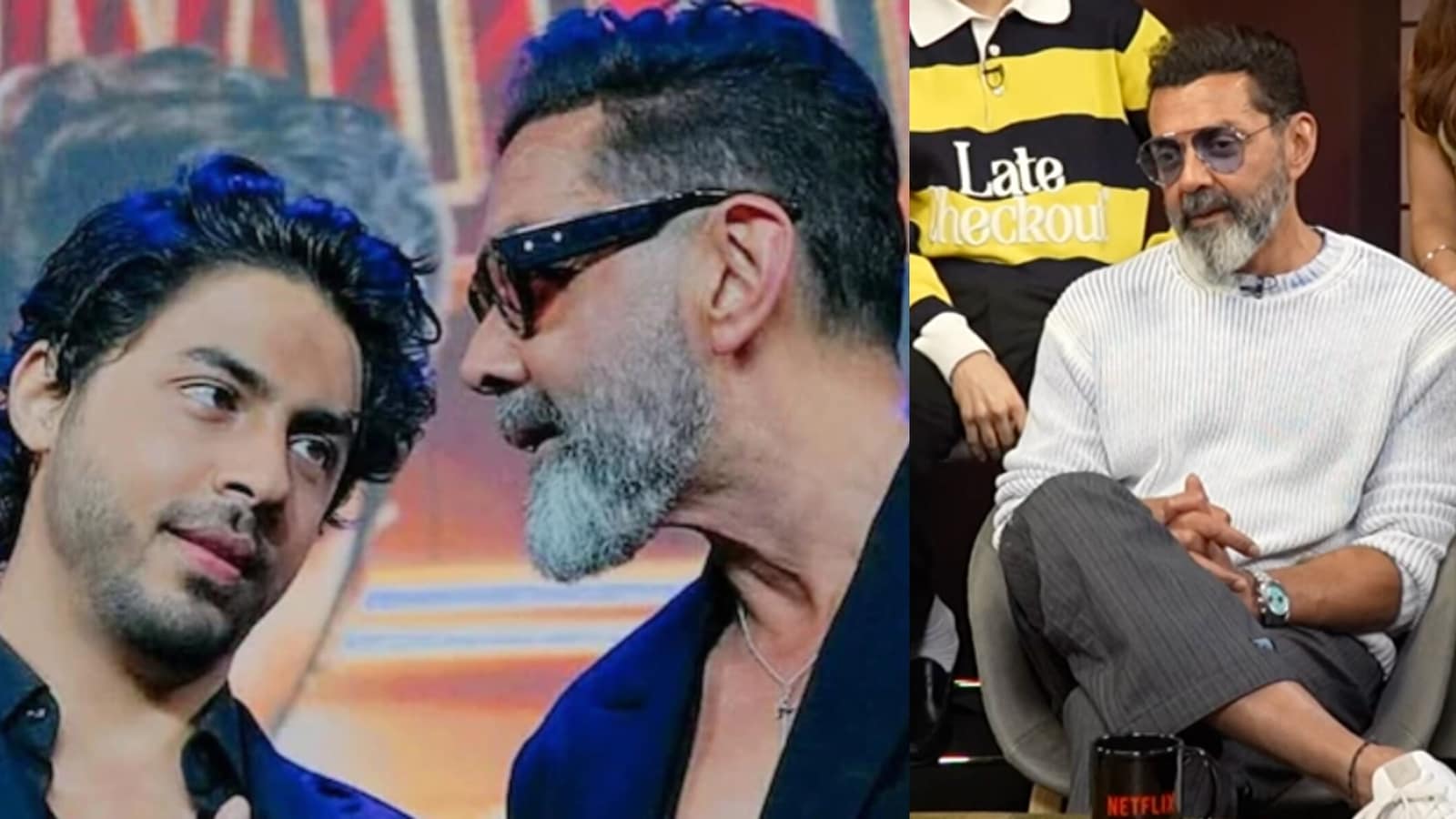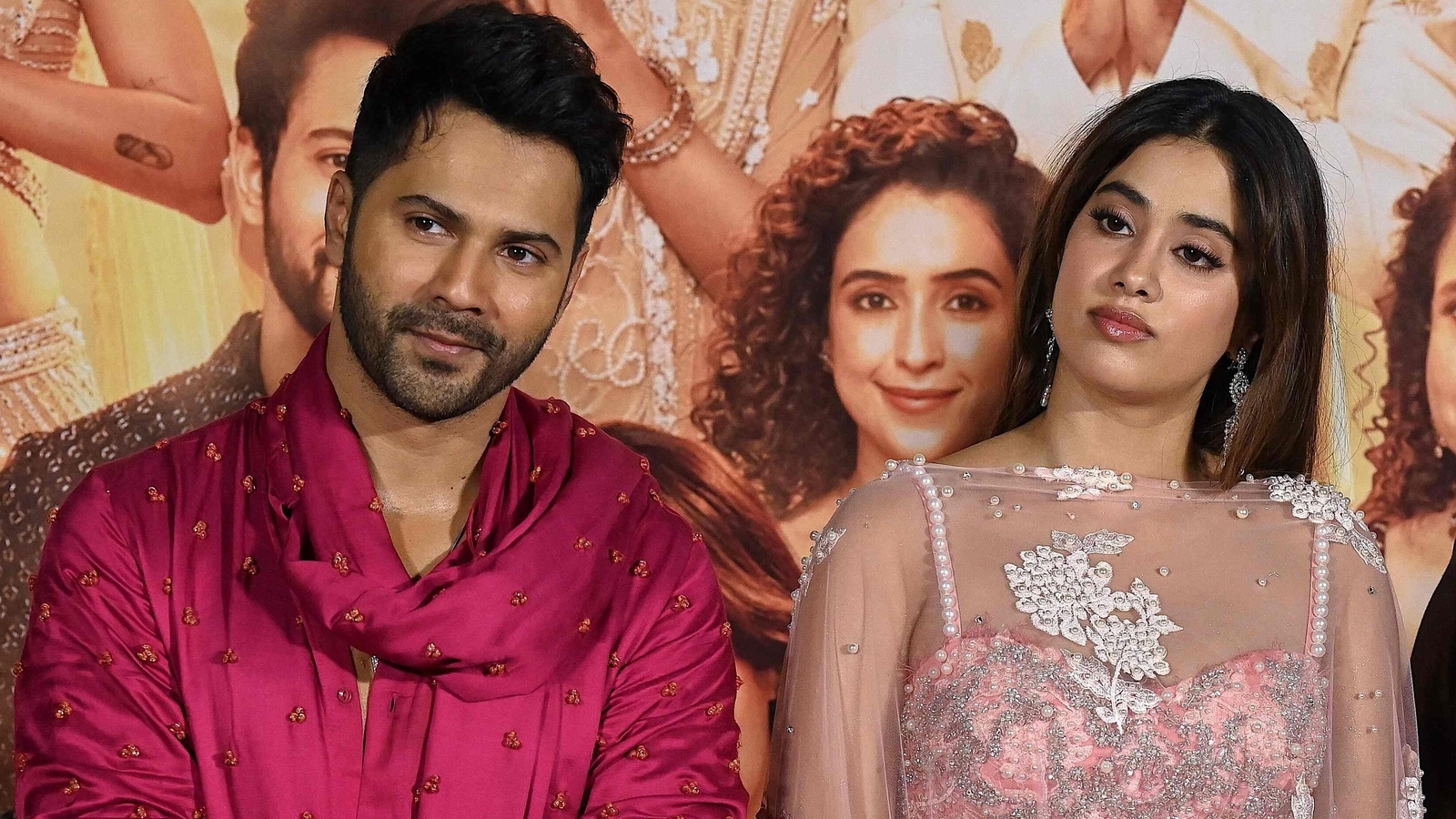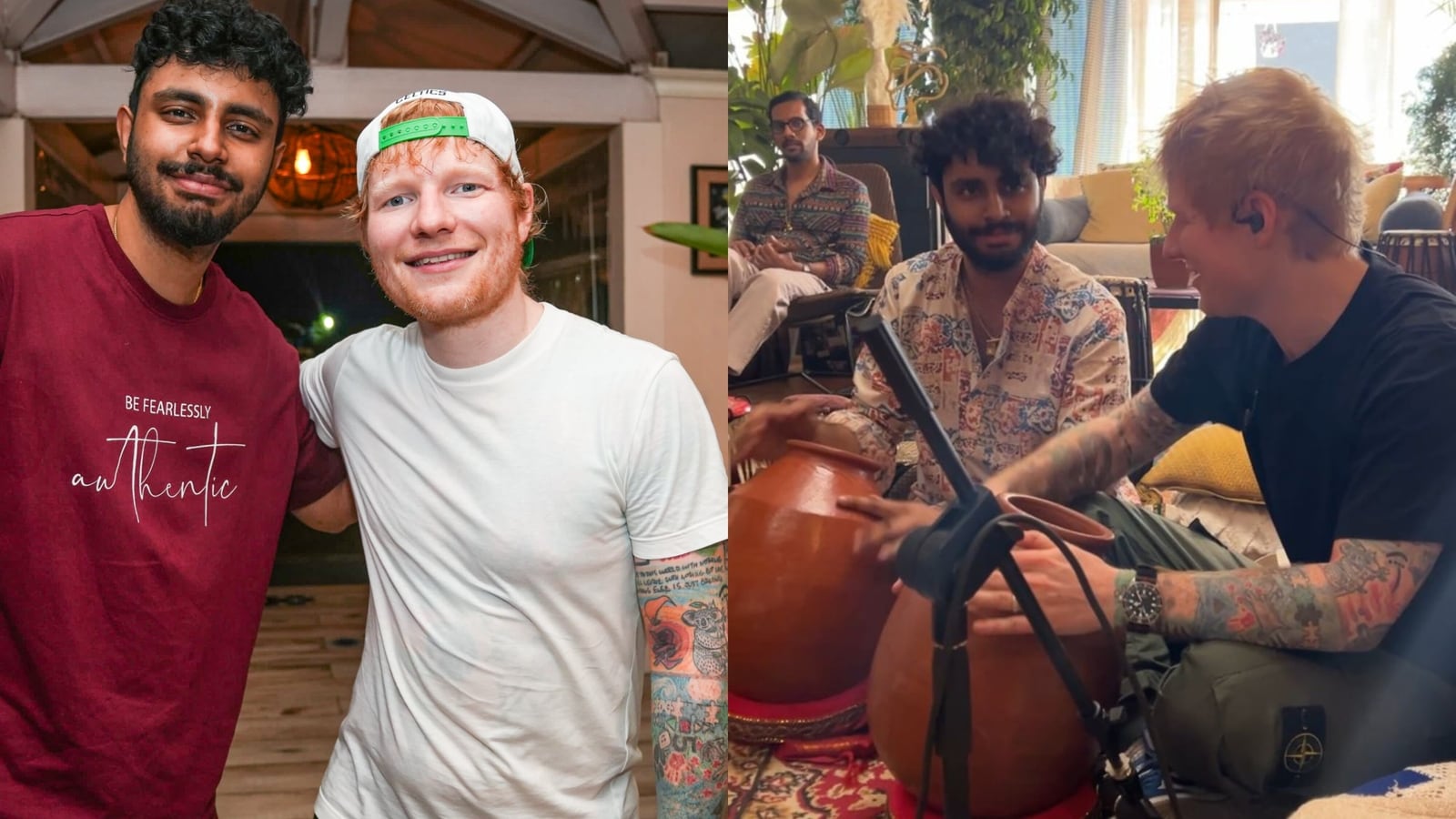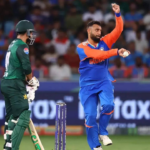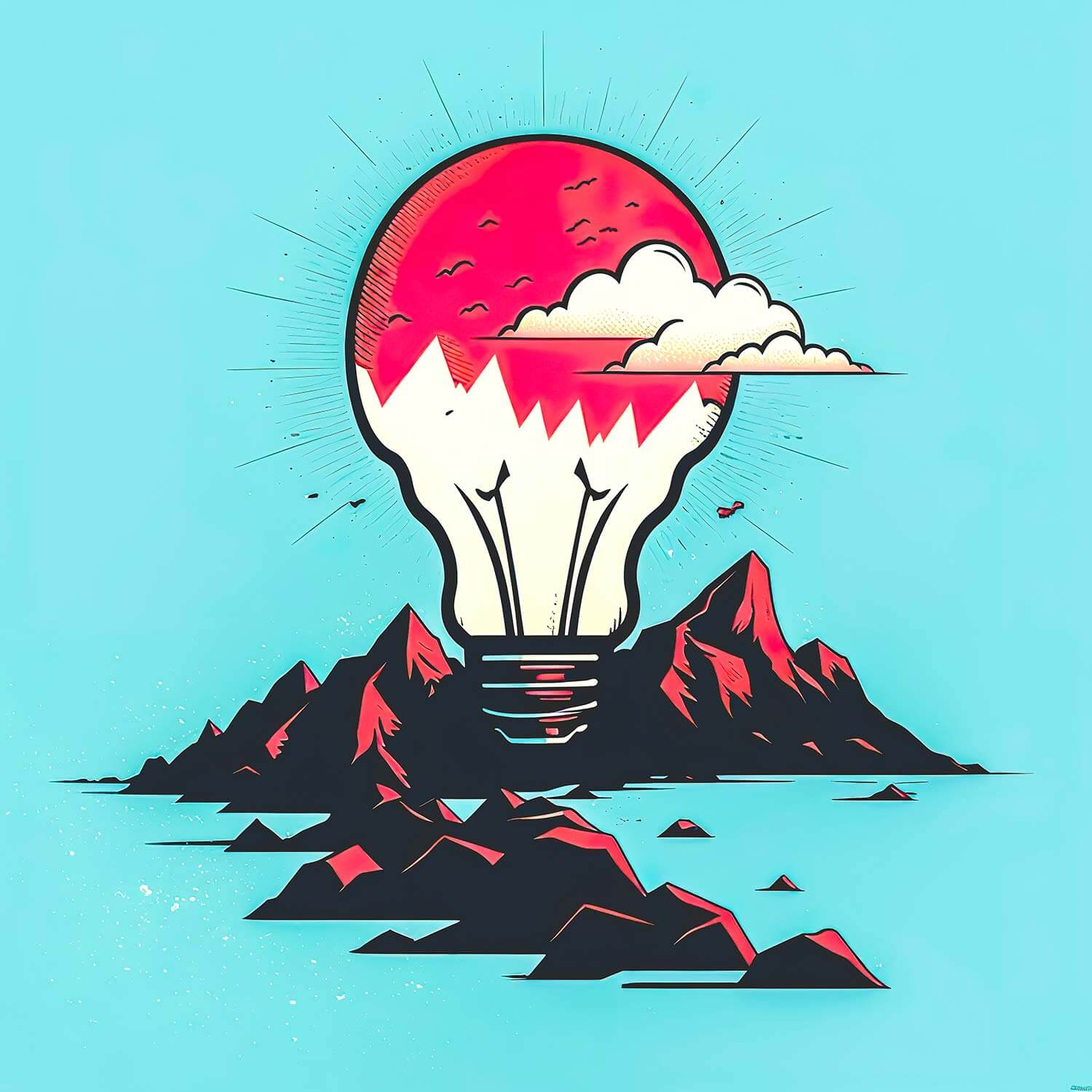When percussionist Ganesh Murali Iyer was asked to fly down to Goa for a recording session, all he knew was that it involved a UK-based artist. The brief was deliberately vague, leaving him to wonder if it might have any Indian influence at all. Only a couple of days before the session did he discover the scale of it—he would be playing the ghatam on Ed Sheeran’s new album Play. “That completely blew my mind,” he says.

For Ganesh, bringing the sound of the ghatam into a global pop record was nothing short of surreal. “It feels surreal that people all around the globe are now exposed to the sounds of India and the Ghatam through this record. I’m glad I could make a small contribution to Indian classical music in this way.”
The sessions were demanding, pushing him into a rhythm of fast-paced experimentation. “Recording for an international artist is not easy but it’s fun and challenges you to bring your best! Because things move very fast, and you don’t always have time to process the pace at which you must come up with musical idea,” he says.
“I would record for about two to three hours daily, covering more than five songs per session. Each song had an entirely different theme and pattern. The most common patterns I sampled for Ed were the sarva laghu (four-beat pattern), and the tishram (three-beat) pattern which is used in Azizam,” adds Ganesh. Among the tracks he contributed to are Sapphire, Old Phone and Azizam.
Ed Sheeran, he recalls, was fascinated by the instrument’s earthy resonance. “Ed Sheeran loved the sound of the Ghatam and said it was very soulful and ancient. I remember him describing it as what one might imagine when thinking of ‘Mother Earth or wet soil.’ He said it was one of the most earthy instruments he had ever heard,” recalls Ganesh.
“I also told him about how it’s an eco-friendly instrument. He really enjoyed playing the Ghatam during our recording sessions, so I sent him one as a gift. He also loved the Konnakol (South Indian vocal percussion technique) and picked up a few patterns like the sarva laghu from me,” he adds.
For Ganesh, the collaboration carries a wider meaning beyond just the thrill of working with one of the world’s biggest pop stars. “I think it’s amazing for Carnatic music. I was the only Carnatic musician on the album and for context, I didn’t have many Instagram followers back then, nor do I come with any industry backing. It’s incredible that I was chosen and given this opportunity. I think we live in an age where if one is really devoted and works hard, results will follow no matter what. I also feel that, through this album, Carnatic music will, in some way, get a bigger audience and larger recognition on the world stage. I’m glad I could introduce the Ghatam to so many people, especially younger generations, around the globe,” he says.




